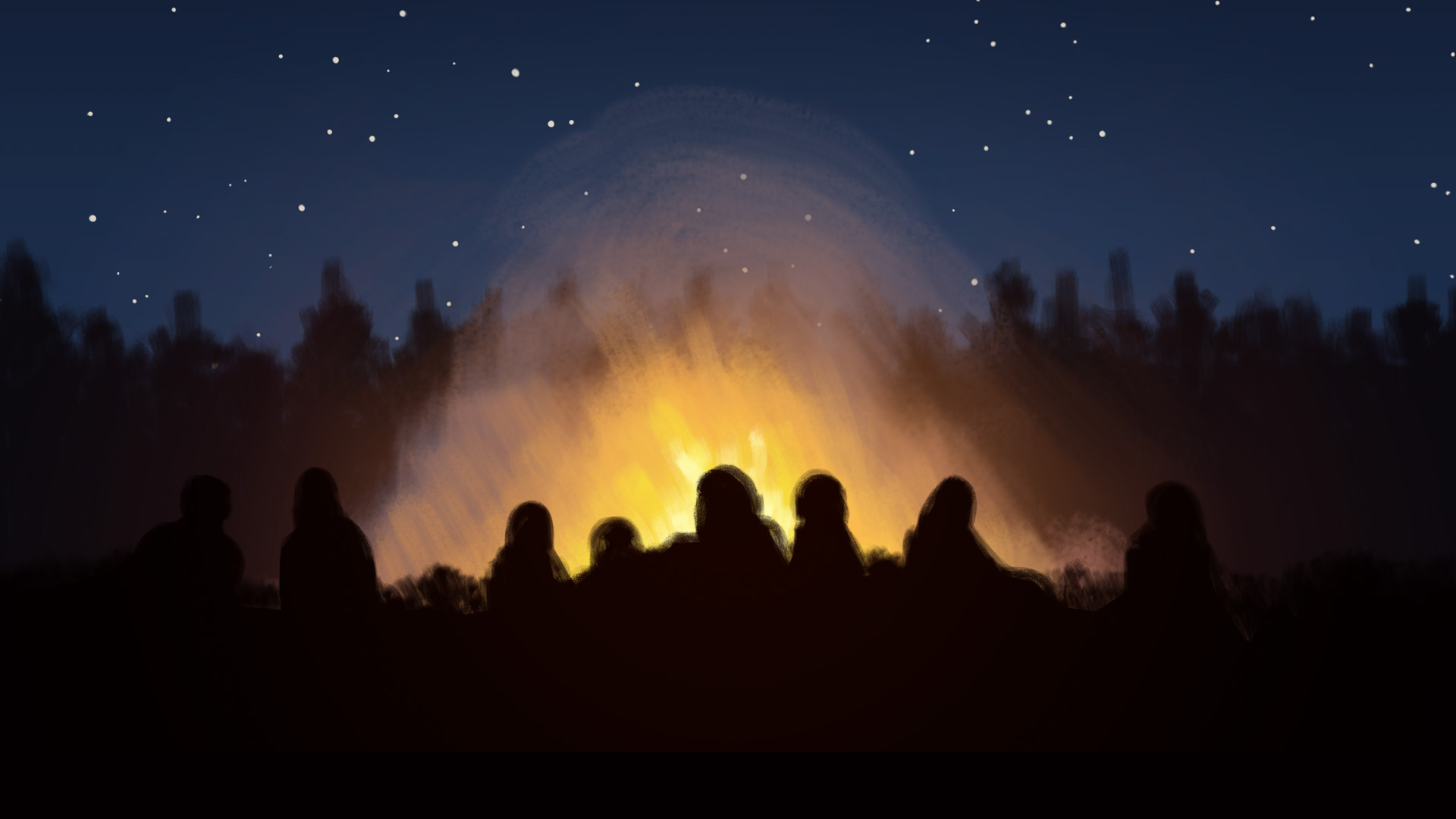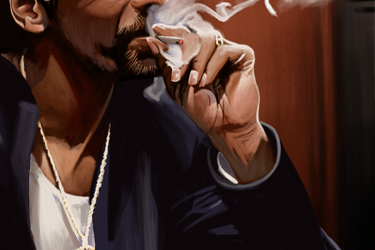Where does alcohol come from? The beginnings of production
The oldest and most widespread intoxicating substance is ethyl alcohol. Yeast fungi produce it from sugar. This process is called ‘fermentation’. Ethyl alcohol is found everywhere in nature. Monkeys and elephants get high on sweet, slightly rotten and thus fermented fruit. We do not know whether they do this intentionally or whether the intoxication is incidental. When it comes to the first humans, however, we assume that they intoxicated themselves deliberately. To do this, they mixed water with honey. This mixture begins to ferment quickly and is called ‘honey wine’ or ‘mead’.
More knowledge was needed to make other alcoholic drinks. The production started when humans became sedentary about 12,000 years ago. They used grain instead of sugar-rich fruit or honey. It contained starch, which had to be converted into sugar with enzymes. They discovered that yeast fungus responds particularly well to the sugar and converts it into alcohol. This production process is called ‘brewing’ and the product is beer. All products that result from direct fermentation thanks to sugar already contained in the source are technically ‘wine’. Asian rice wine, which is produced with the help of enzymes, is therefore actually a ‘beer’.
The world’s first advanced civilisation, the Sumerians, used over a third of the grain harvest for beer production. We know of about 19 varieties, most of them made from wheat or barley. These are still the most important basic ingredients for beer today. But beer can be brewed from anything that contains enough starch, for example maize, rice or potatoes.
Wine-like beverages are just as diverse. Wine can be made from many varieties of berries and fruits. When we talk about wine in everyday life, we usually mean the fermented juice of the wine grape ‘Vitis vinifera’. It was cultivated from wild grapes about 8,000 years ago.
It was not until much later that beer and wine were joined by a third group of alcoholic beverages: spirits. In the 12th century, researchers in Italy experimented with a distillation apparatus. With it, they successfully separated alcohol from water. It enabled them to produce a high-proof ‘distilled’ wine, namely brandy.
When are you dependent? Scientific criteria
According to the WHO (ICD-10), dependency is when three or more of the following criteria occur together over a long period of time.
- A strong desire or compulsion to take the substance. (Something inside you pushes you to get high.)
- Difficulty in controlling substance use in terms of starting, stopping or the extent of use. (You are no longer one hundred per cent in control.)
- Physiological withdrawal symptoms when substance use is stopped or reduced. (When you don’t get high, your body reacts. You may experience withdrawal symptoms.)
- Signs of increased drug tolerance, so that higher doses of the psychoactive substance are needed to achieve the effects initially achieved with lower doses. (You need to increase the dose to get the same high.)
- Progressive neglect of alternative pleasures or interests due to psychoactive substance use, increased time spent to procure or take the substance or to recover from its effects. (You spend a lot of time obtaining and consuming intoxicants. You neglect other interests and socialise less.)
- Continued substance use despite clear evidence of obvious harmful effects. (Even though you know that intoxicants are not good for you, you continue to use them.)
The American Psychiatric Association (DSM-V diagnostic criteria) refers to "substance use disorder" rather than "dependence."
Do you want to do a self-test to find out more about your wellbeing?
We recommend the website www.how-are-you.ch





